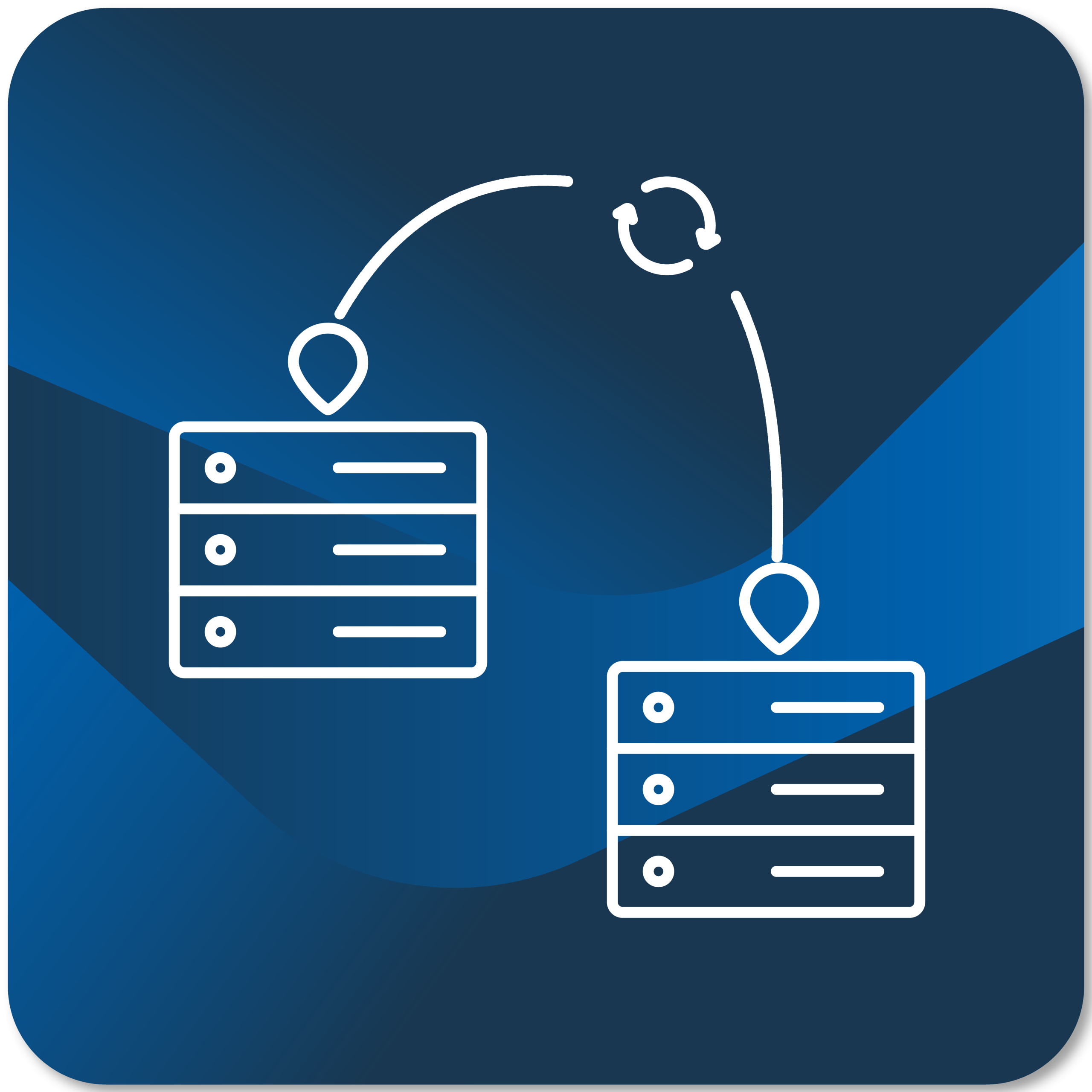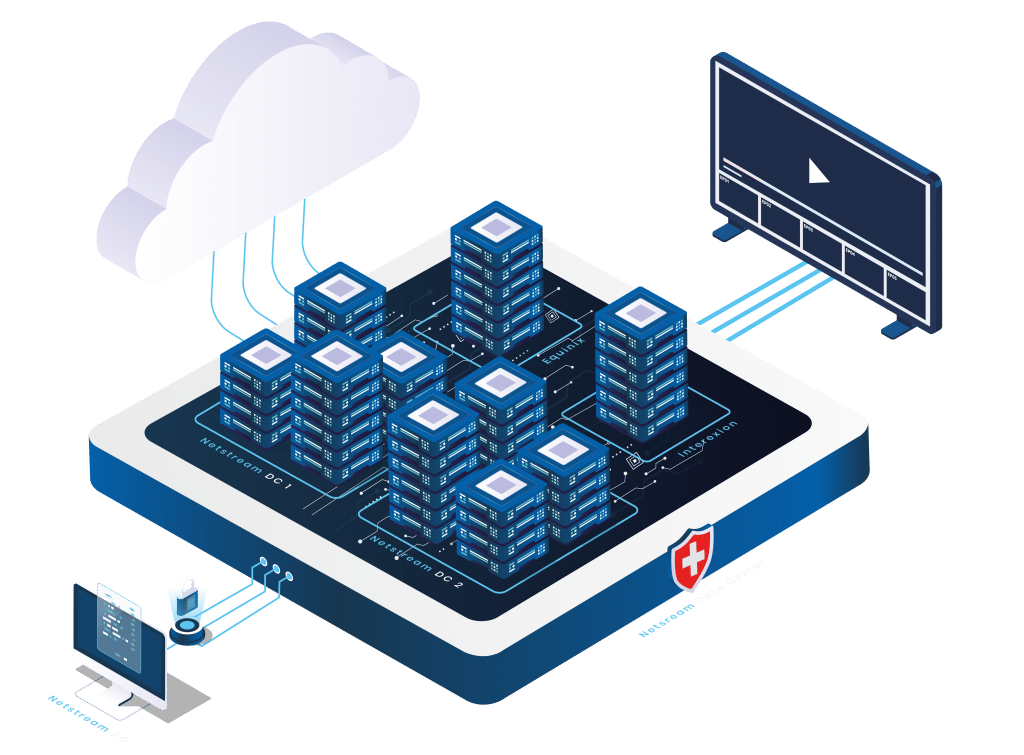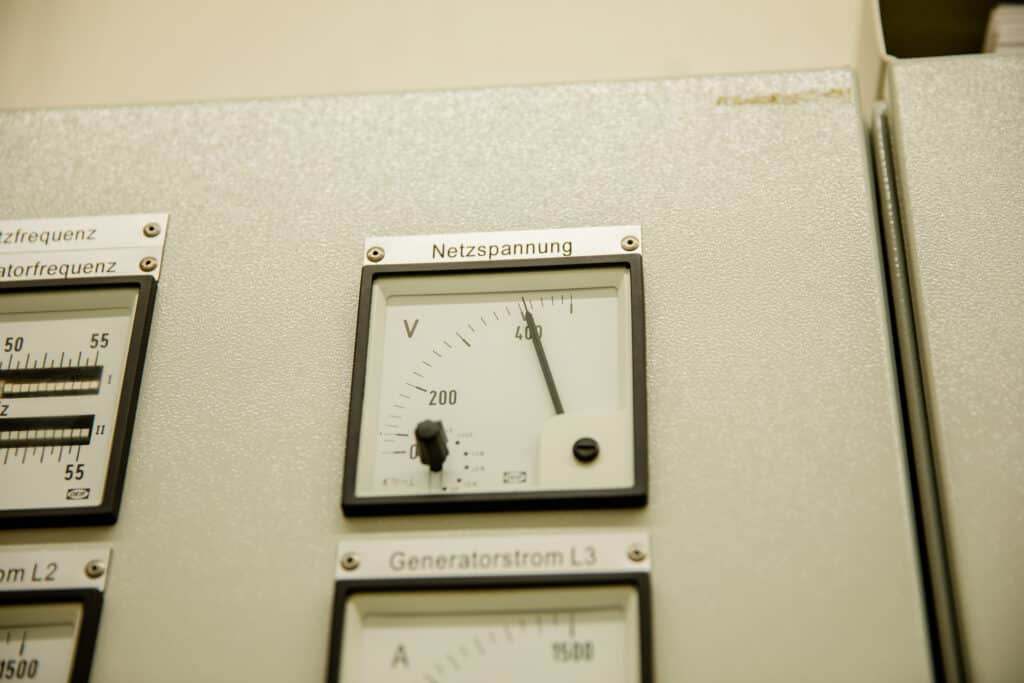The world is currently talking about the approaching power shortage. So it's only understandable that everyone is pulling their emergency plans out of their drawers and revising them. Read our article to find out how the power supply to our data centers works and how we would deal with a possible power outage.
The federal government recently presented the three-step plan for the Swiss electricity supply and also announced the possibility of a temporary grid shutdown. This naturally leads to uncertainty on many sides. We at Netstream have already ensured redundancy with regard to the power supply when building our data centers and developed corresponding emergency plans so that we are well equipped for all possible scenarios.
What happens during a power outage?
In the event of a power failure, the redundant uninterruptible power supply (UPS) system in the Netstream Data Center comes into operation first. This means that powerful batteries take over the power supply for our servers, storage and network components for a short time. The batteries bridge the time that the emergency power system (UPS) needs to start up. This usually only takes 20 seconds, but the batteries can take over for up to 20 minutes. After a short time, our emergency power generator is fully operational and can take over the power supply for the entire data center.
Now the ship's engine impresses as a real power package: The diesel-powered generator produces an output of 700 kVA. The power generated under full load is not only sufficient to supply the company's own data center, but could theoretically also feed energy back into the grid. Should the worst-case scenario of a prolonged power outage occur against all odds, the fully fueled marine engine can supply the entire data center for at least two days. The refueling concept specifies refueling at approx. 50% tank level, which is continuously possible during operation.
Regular live tests
The entire emergency power system is tested and checked once a month so that everything can run smoothly in an emergency. Read more about our marine engine and the tests in the following article.


















